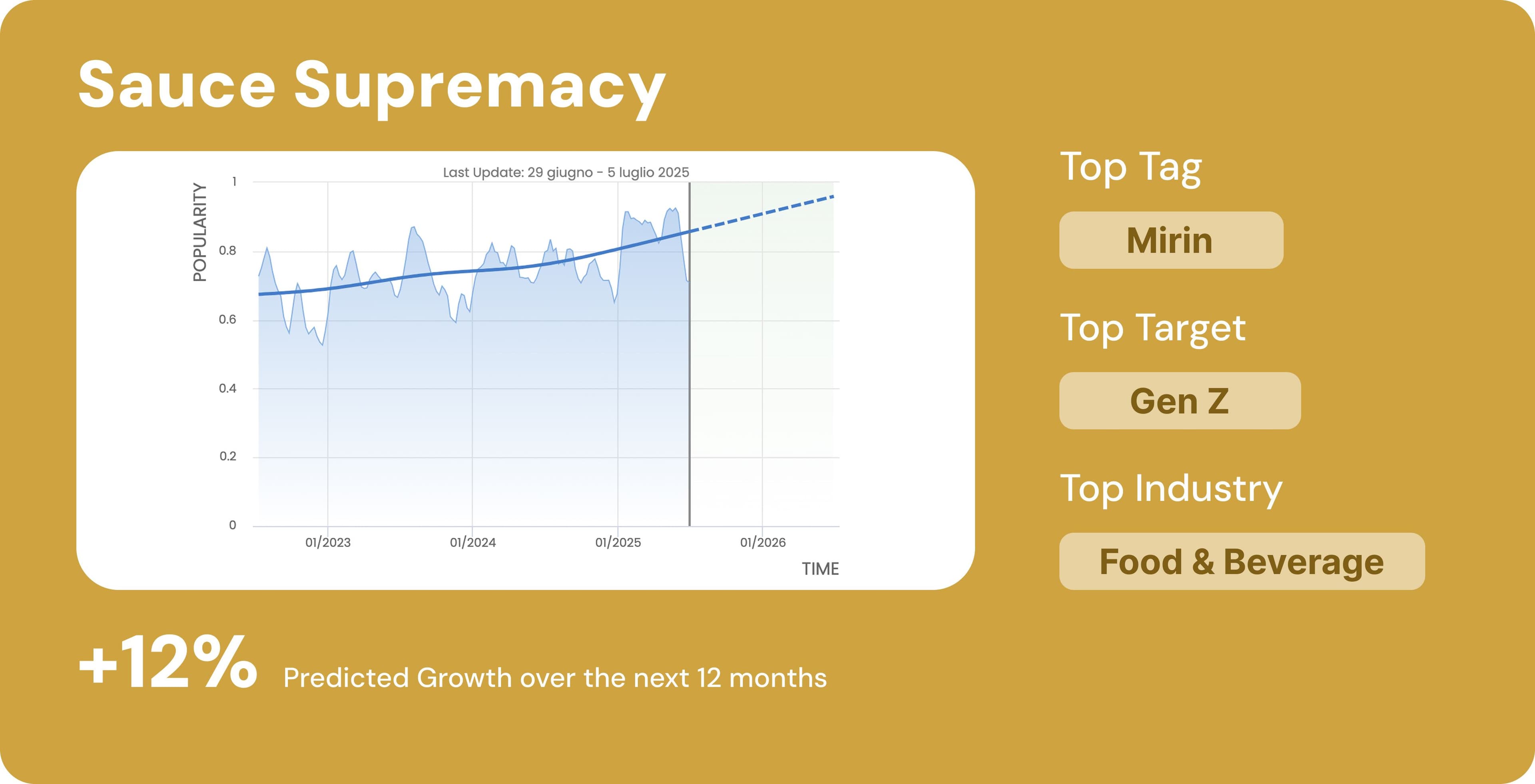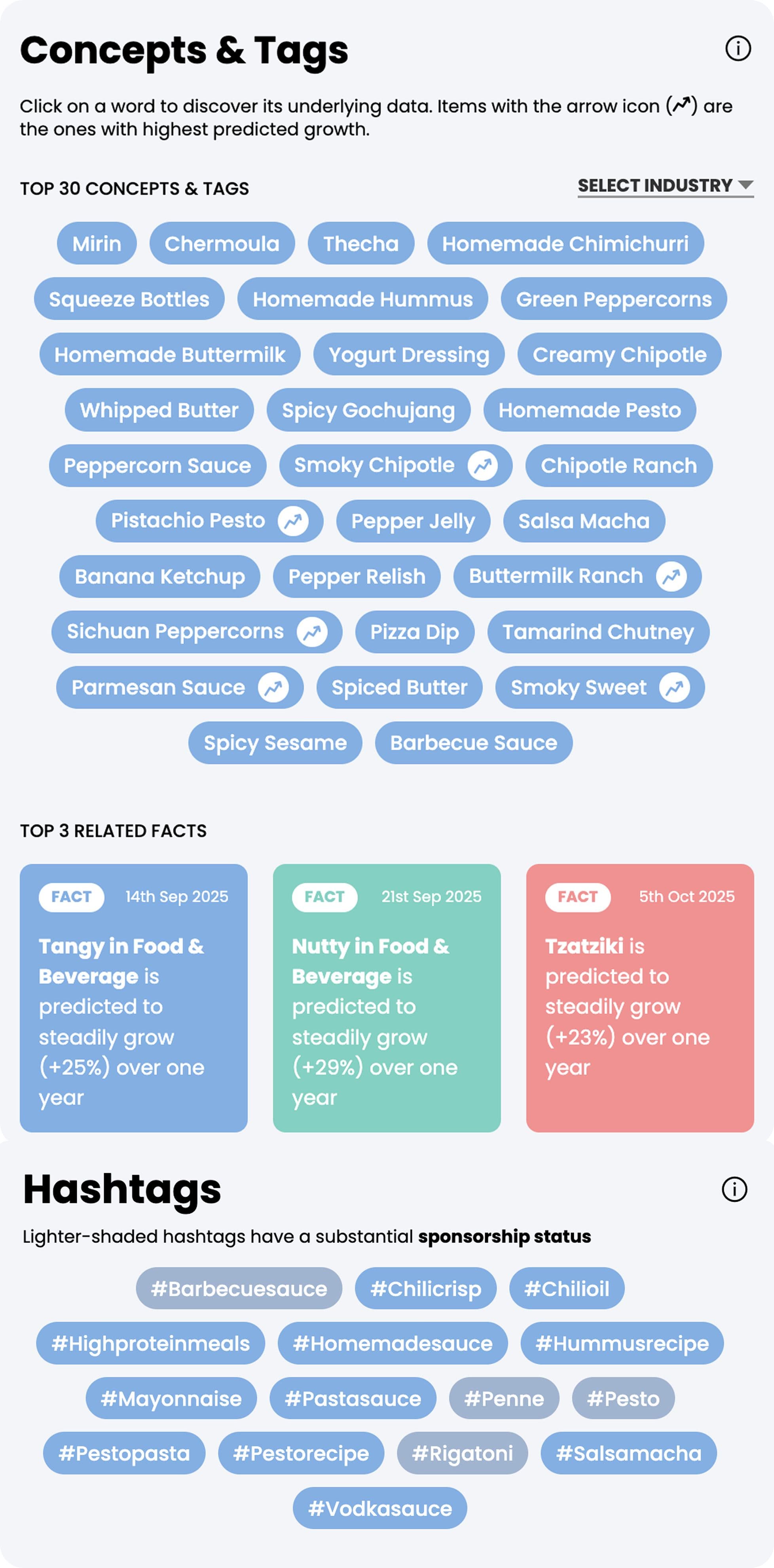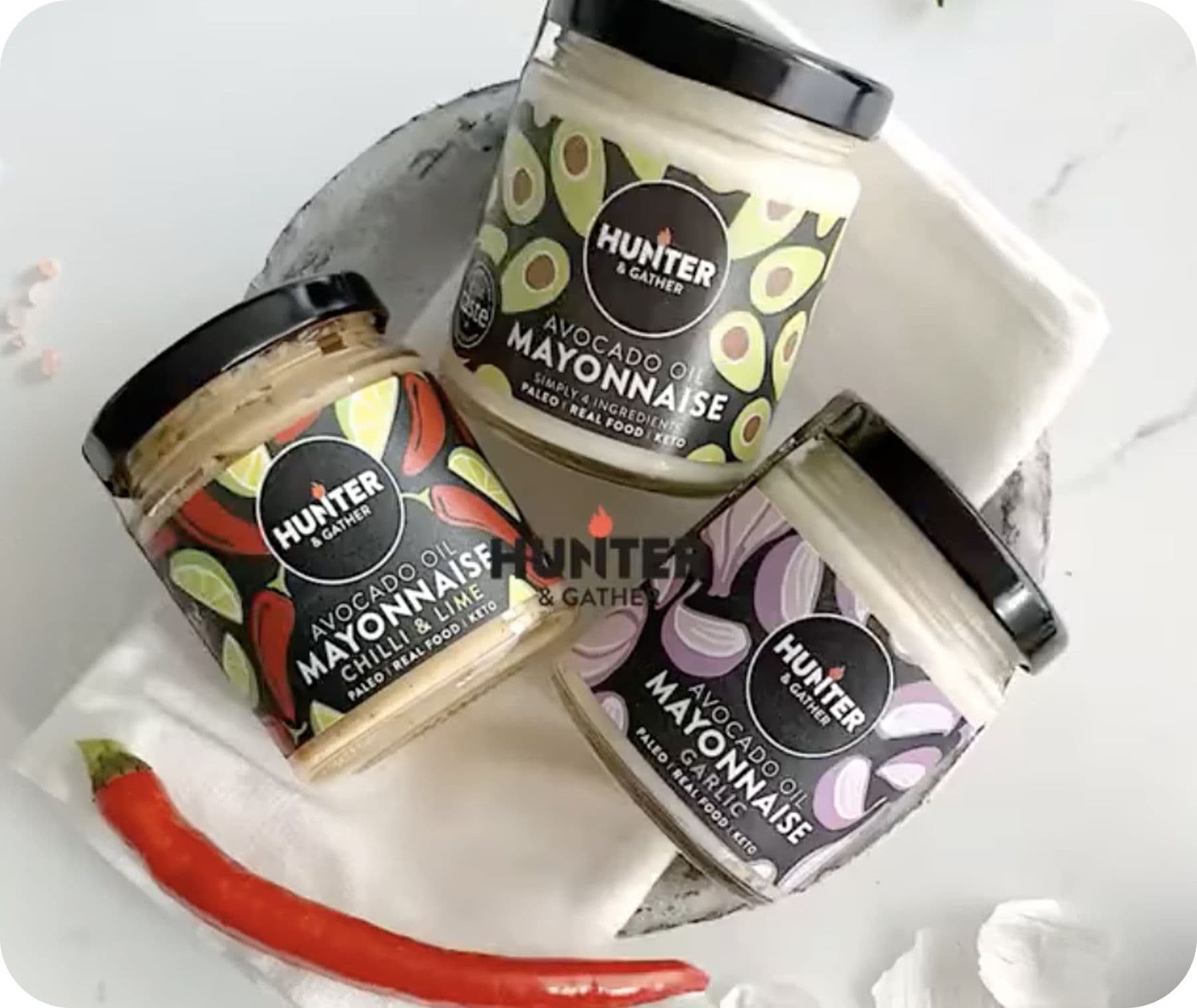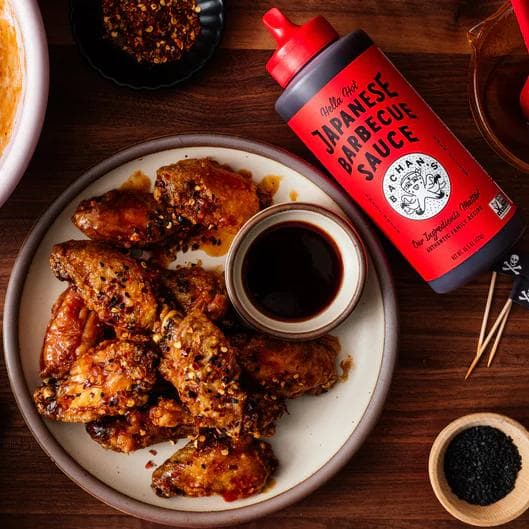Sauce Supremacy: The New Culinary Storytellers
FOOD & BEVERAGE
Once background players, sauces are now leading a new flavour movement. From global mash-ups to DIY creations, condiments are evolving into cultural storytellers. They blend nostalgia, experimentation, and a taste for self-expression.

As palates evolve and culinary boundaries blur, sauces are emerging not just as flavor enhancers but as cultural expressions. Consumers are reaching for bold, complex, and globally inspired condiments that reflect personal creativity and emotional resonance. From nostalgic comfort to experimental fusion, sauces are becoming vehicles of taste-driven storytelling.
The Sauce Renaissance: When Condiments Become Culture
There was a time when sauces stayed in the background, poured on, stirred in, or served on the side. But the rules of flavour have shifted. A new sauce frontier is unfolding across kitchens, restaurants, and social feeds alike, where condiments have become conduits of creativity. Once predictable pantry staples, they now express curiosity, identity, and even mood, small jars of global storytelling in liquid form.

The timeline from our early adopter conversations in the "Sauce Supremacy" trend (screenshot taken from the Nextatlas platform in October 2025)
The New Language of Flavour
Across food culture, sauces are no longer content to play supporting roles. Peanut sauce, once tied to satay skewers and takeaway boxes, now finds itself drizzled over smoothie bowls or grain salads. Its creamy, umami depth delivers the grounding comfort consumers crave, but with a nutrient-rich sophistication that feels modern. Hot honey, too, is emblematic of the era, the sweet-meets-heat balance that captures both comfort and adventure. What began as a New York pizzeria experiment has turned into a “swicy” movement that defines the new middle ground between safe and daring.
This redefinition of sauces sits at the intersection of experimentation and nostalgia, a space where the familiar can surprise us again. The same sentiment drives the revival of vodka and Parmesan sauces: creamy, indulgent, but made with an eye to versatility and quality rather than excess. Even peppercorn sauce, once an emblem of the white-tablecloth steakhouse, is finding a second life in fast food as gourmet meets the everyday.

The top concepts, tags, facts, and hashtags from our early adopter conversations in the "Sauce Supremacy" trend (screenshot taken from the Nextatlas platform in October 2025)
Small Luxuries, Big Stories
According to The Guardian, the UK is entering what it calls a “golden age of condiments,” as sauces become both affordable luxuries and status symbols in the fridge. Consumers are paying premium prices for products like beetroot ketchup and avocado-oil mayo — sauces that turn the mundane into miniature moments of indulgence. This “lipstick effect” of the condiment world reflects how taste and identity increasingly overlap. In times of financial caution, flavour becomes a small rebellion — a £6 jar of chilli-honey that still feels like a treat.

Hunter & Gather, a UK-based food brand, is capitalizing on the growing consumer appetite for bold, expressive sauces by focusing on clean-label innovation and intense flavour profiles. The company’s standout condiments include its sriracha hot sauce and Europe's first avocado oil mayonnaise. Co-founder Jeff Webster said that sales of their Classic Avocado Oil Mayonnaise are up by 92 per cent versus last year. (Credits: Hunter & Gather)
This echoes Taste Cooking’s observation that the squeeze bottle — once the preserve of professional kitchens — has migrated to the home, bringing a sense of craftsmanship and control. It’s a subtle symbol of how food design itself is changing. The modern home cook doesn’t just buy sauce; they design their plate, control the drizzle, and curate their own aesthetic. The humble condiment has become part of lifestyle branding — a tool for creative expression as much as for taste.

A few examples of new brands that have launched squeeze bottle olive oil this year (Credits: Snaxshots by Andrea Hernández on Substack)
From Barbecue to Nuoc Cham: Cultural Crossovers
Barbecue sauce, the quintessential symbol of Americana, is perhaps the clearest sign of the global remix underway. No longer confined to ribs and roadhouses, it’s being reimagined through Japanese and Korean interpretations — think miso barbecue or gochujang glaze — that weave cultural crossover into culinary storytelling. Meanwhile, lighter, layered sauces like Vietnam’s nuoc cham or Italy’s agrodolce are finding their moment among younger audiences who value both authenticity and adaptability. These sauces invite exploration without alienation: they deliver depth and heritage, but in an approachable, pourable form.

Bachan's recently introduced its latest flavour, the Hella Hot Japanese Barbecue Sauce, exclusively available at Target (Credit: Bachan's)
This movement marks a subtle shift in how flavour is communicated — not as static tradition, but as dialogue. As Salon recently observed in its feature on the “golden age of mayonnaise,” even the most classic sauces are expanding their narrative potential. Once synonymous with uniformity, mayonnaise now appears in small-batch, umami-infused, or plant-based versions that turn a sandwich spread into an identity statement. The mayonnaise renaissance encapsulates a broader truth: flavour has become a way to express values, from sustainability to cultural curiosity.

In Chicago, giardiniera is a spicy, oil-based condiment made of pickled and marinated vegetables, most commonly a mix of hot peppers, cauliflower, carrots, celery, and bell peppers. Local Chicagoan brand Giardonnaise has capitalised on the growing gentrification of mayonnaise flavours. (Credit: reddit.com/r/chicagofood)
The Age of DIY
Perhaps the most telling development is happening not on supermarket shelves, but in home kitchens. The rise of DIY sauces, from fermented chilli oils to homemade tahinis and nut butters, signals a deeper desire for participation. Consumers are no longer just following flavour trends; they’re co-creating them. Customisation, once reserved for coffee orders or playlists, now applies to condiment jars. The Guardian’s April report on the “little treat” culture found that for many, small-batch sauce making has become a ritual of care and creativity, an act of reclaiming time and taste.
This self-expression trend reflects a cultural craving for tactility and control in a world of automation. To blend, ferment, or whisk your own sauce is to slow down, to assert authorship over something intimate yet shareable. It’s also a way to reconnect with the sensorial, the sight, texture, and aroma that digital life cannot replicate.
What’s Next
Sauces have quietly become one of the most dynamic spaces in food innovation. They occupy a unique middle ground: accessible enough to experiment with, but powerful enough to transform a dish, a brand, or a mood. Their evolution from condiment to cultural artefact mirrors the way consumers now approach flavour, not as seasoning, but as story.
As flavour boundaries continue to blur, expect the next generation of sauces to push deeper into global fusion, plant-based foundations, and even visual appeal, sauces designed for both the palate and the feed. The condiment shelf, once an afterthought, is now a stage.
Trend lines, data, and information described in this article emerge from the ongoing analysis performed by Nextatlas on its global observation pool made of innovators, early adopters, industry insiders expressing their views on Twitter, Instagram, and Reddit.
To learn more about our AI, discover Nextatlas Methodology here
Related articles:
Italy
Torino - Via Stampatori 4, 10122(Operational headquarter)+39 011/0864065VAT number and registration number at the Registro delle Imprese di Cagliari: 03428550929 paid share capital € 167.740,00 — © 2024 iCoolhunt SpA.



